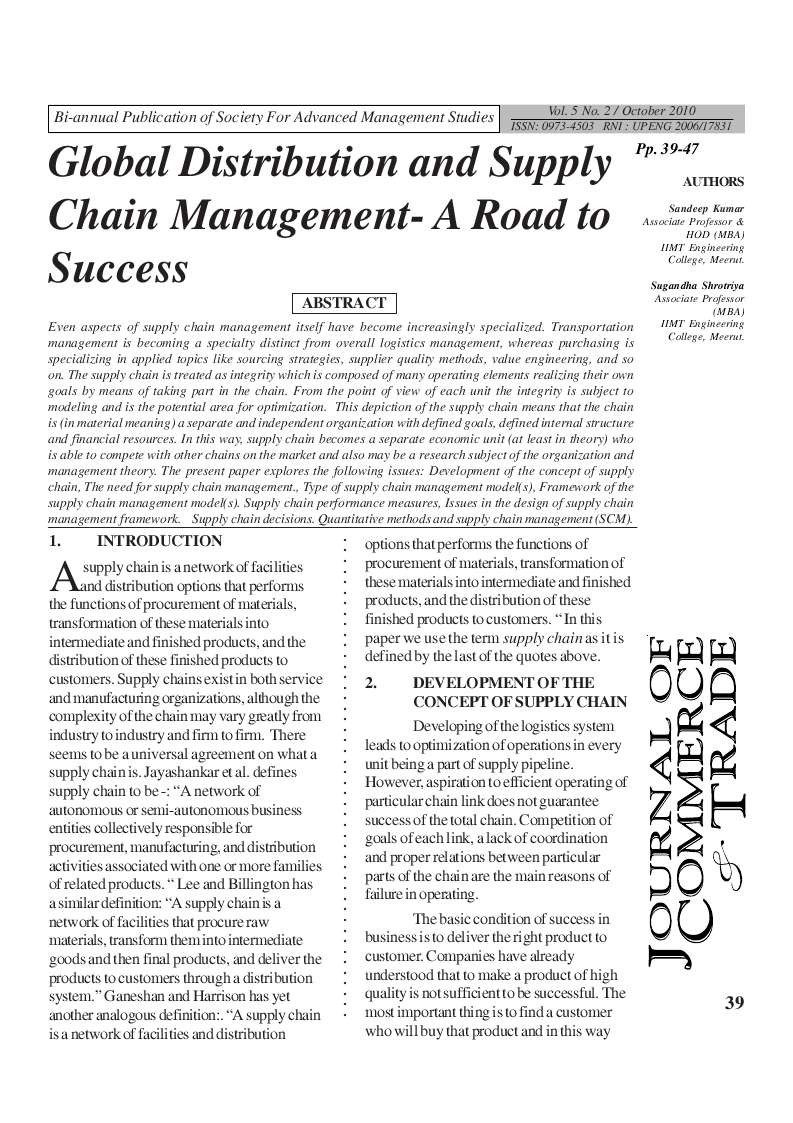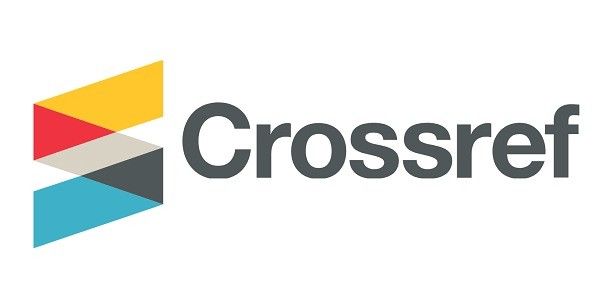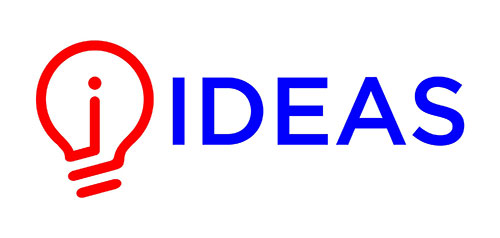Global Distribution and Supply Chain Management-A Road to Success
DOI:
https://doi.org/10.26703/jct.v5i2.389Keywords:
Distribution, Supply Chain Management, Globalization, Inventory ManagementAbstract
Even aspects of supply chain management itself have become increasingly specialized. Transportation management is becoming a specialty distinct from overall logistics management, whereas purchasing is specializing in applied topics like sourcing strategies, supplier quality methods, value engineering, and so on. The supply chain is treated as integrity which is composed of many operating elements realizing their own goals by means of taking part in the chain. From the point of view of each unit the integrity is subject to modeling and is the potential area for optimization. This depiction of the supply chain means that the chain is (in material meaning) a separate and independent organization with defined goals, defined internal structure and financial resources. In this way, supply chain becomes a separate economic unit (at least in theory) who is able to compete with other chains on the market and also may be a research subject of the organization and management theory. The present paper explores the following issues: Development of the concept of supply chain, The need for supply chain management., Type of supply chain management model(s), Framework of the supply chain management model(s). Supply chain performance measures, Issues in the design of supply chain management framework. Supply chain decisions. Quantitative methods and supply chain management (SCM).
Downloads
Metrics
References
Kotler Philip (2003), “Marketing Management” 11th edition Asia, Pearson Education 2003.
Philip Kotler (2004) “Marketing Management, Eleventh Edition” Delhi: Published by Pearson Education (Singapore) Pvt. Ltd. Indian branch, 482 F.I.E.
Sach, Goldman, (2005), “Asia Pulse” Feb. 07-2005.
Beri, G.C., (2005), “Marketing Research” New Delhi, TataMcGraw Hill, 2005 (Eleventh Reprint), pp. 340-348.
Beech J. (1998). The Supply - Demand Nexus: From Integration to Synchronization (in “Strategic Supply Chain Alignment: Best Practices in supply chain management”, edited Gattorna, J.). Gower, Hampshire, England.
Changkong V. and Y. Y. Hamies (1983). Multiple Objective Decision Making: Theory and Methodology. North Holland, Amsterdam.
Charnes A., W.W. Cooper, R.J.Niehaus and A. Stedry, “Static and Dynamic Assignment Models with Multiple Objectives and Some Remarks on Organizational Designs”, Management Science, Vol. 15, No. 8, pp. B365-B375, 1969.
Copacino W.C. (1997). Supply Chain Management: The Basics and Beyond (The St. Lucie Press/APICS Series on Resource Management). St. Lucie Press, Florida.

Downloads
Published
How to Cite
Issue
Section
License
Copyright (c) 2010 Sandeep Kumar, Sugandha Shrotriya

This work is licensed under a Creative Commons Attribution 4.0 International License.














